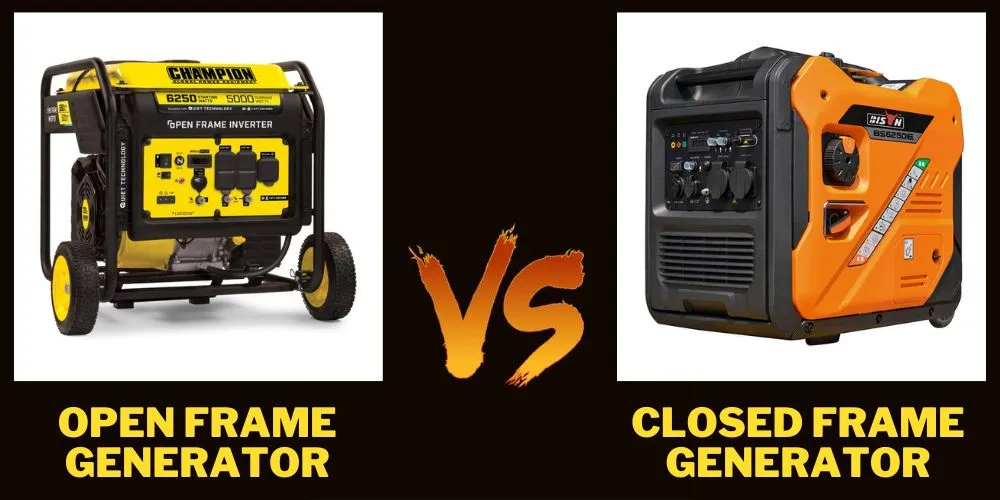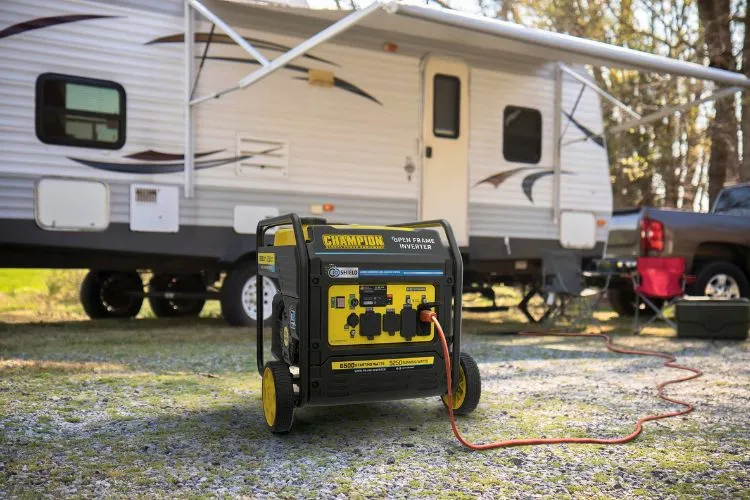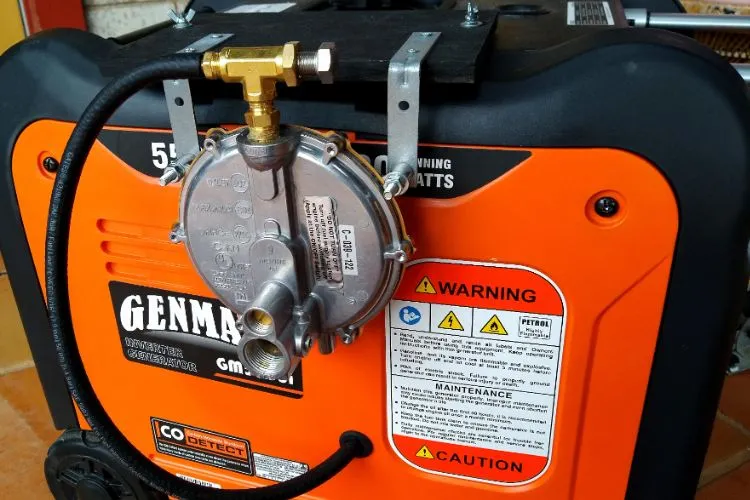As society advances, the demand for reliable energy solutions continues to grow.
In this pursuit, generators serve as pivotal equipment in providing electricity when conventional sources are unavailable or unreliable.
Predominantly, the market presents two main types of generators: open frame and closed frame. Both have unique characteristics tailored to varying needs and environments.
This comprehensive guide aims to provide an in-depth comparison between open frame vs closed frame generator withdrawn on dissecting their specifications, usage scenarios, advantages, and considerations for making an informed purchase.

Understanding Generators: The Basics
Before diving into the differences between open frame and closed frame generators, one must grasp what generators are and how they function.
At their core, generators are devices that convert mechanical energy—typically powered by a combustion engine—into electricity.
They harness fuel sources such as gasoline, diesel, propane, or natural gas to run an engine, which in turn rotates an alternator to produce electrical power.
Depending on the intended use, generators can be portable, offering on-the-go power, or standby, providing backup for more permanent settings, such as homes or businesses.
The Role of Inverter Technology
Modern generators often incorporate inverter technology to produce clean and stable power, suitable for sensitive electronics.
Inverter generators are typically more energy-efficient and quieter than conventional ones, though they might come at a higher price point.
What is an Open Frame Generator?
An open frame generator, discernible through its lattice-like metal framing, embodies a straightforward design that leaves its mechanical parts exposed.
This configuration typically allows for a lightweight and more affordable product, positioning open frame generators as the preferred choice for users who prioritize cost-efficiency over noise and aesthetic considerations.

Advantages of Open Frame Generators
- Cost-Effectiveness: Open frame generators generally come at a lower price, offering a budget-friendly power solution.
- Power Output: They often provide a high power-to-price ratio, making them appealing to users needing robust power on a budget.
- Ease of Repair: The accessibility of parts can simplify maintenance and repairs.
Disadvantages of Open Frame Generators
- Noise Level: Without sound-dampening enclosures, these generators can be quite loud, making them less suitable for residential environments.
- Exposure to Elements: The lack of a protective enclosure can lead to an expedited wear and tear, as the components are more vulnerable to environmental damage.
What is a Closed Frame Generator?
Closed frame generators are essentially open frame models encased within a sound-dampening enclosure.
This housing provides not only a quieter operation but also a more aesthetically pleasing appearance, often favored for applications in closer quarters with people.

Advantages of Closed Frame Generators
- Noise Reduction: Significantly quieter than open frame models due to the sound-absorbing enclosure.
- Enhanced Durability: The enclosure offers added protection against the harshness of the elements and potentially increases the lifespan of the generator.
- Aesthetics: Slick designs often make closed frame generators more appealing for settings where they’re in public view.
Disadvantages of Open Frame Generators
- Higher Initial Cost: The manufacturing complexity and materials used for the enclosure contribute to a higher purchase price.
- Portability: The added weight of the enclosure reduces the ease of transportation compared to lightweight open frame models.
- Power Constraints: Closed frame generators might offer less power output when compared to open frame models at the same price point.
Open Frame vs Closed Frame Generator: A Detailed Analysis
The choice between an open frame and closed frame generator hinges on several factors.
Beyond the noise level and portability already mentioned, factors such as fuel efficiency, ease of use, and intended application play essential roles.
Fuel Efficiency and Operation
Fuel efficiency is a growing concern, and generators are no exception. Closed frame models, particularly those with inverter technology, tend to operate more efficiently, automatically adjusting the engine speed to the electrical demand.
On the other hand, open frame generators may not always have this capability, potentially consuming more fuel over time.
Use and Application
The intended use is a decisive factor when selecting a generator. Open frame generators excel in industrial and construction settings, where noise levels are typically a non-issue.
Closed frame generators are optimal for environments like residential areas, RVs, and camping, where noise can be disruptive and a more discreet profile is desired.
Maintenance and Longevity
Maintenance practices vary between open frame and closed frame generators. With its exposed components, an open frame generator requires consistent upkeep to ensure its parts remain free from the detrimental effects of debris and the environment.
Closed frame generators have the advantage of being shielded from such exposure, likely resulting in less frequent maintenance needs and potentially a longer lifespan.
Cost and Value
When considering the cost, one must look beyond the upfront price. Although open frame generators are less expensive at the point of sale, ongoing costs for maintenance, fuel, and potential noise mitigation measures can add up.
Closed frame generators may have a higher sticker price but could prove to be more cost-effective in the long run, due to their efficient operation and reduced need for maintenance.
Making the Right Choice for Your Needs

Selecting between an open and closed frame generator is ultimately a personal decision that should be influenced by a thorough analysis of one’s specific needs.
Prospective users should weigh the balance between budget constraints and the environmental requirements where the generator will operate.
Future power needs, as well as current necessities, should be projected to ensure the chosen generator will be an adequate long-term investment.
Pro Tips for a Sound Investment
- Consider Total Ownership Cost: Account for fuel and maintenance costs over the lifetime of the generator.
- Gauge Future Requirements: Ensure that the generator capacity aligns with anticipated power needs.
- Review Warranty and Service Options: A comprehensive warranty and accessible after-sales service can significantly influence long-term satisfaction.
Conclusion:
In summation, the decision to opt for an open frame or closed frame generator involves a comprehensive evaluation of practicalities, personal or business needs, and long-term objectives.
Whether prioritizing noise level, portability, cost, or durability, the outcome should be a well-considered choice that will provide satisfying and reliable power solutions for years to come.
Through careful deliberation and consideration of the differences outlined in this guide, potential owners can make an educated decision that aligns with both their immediate and future power requirements.
